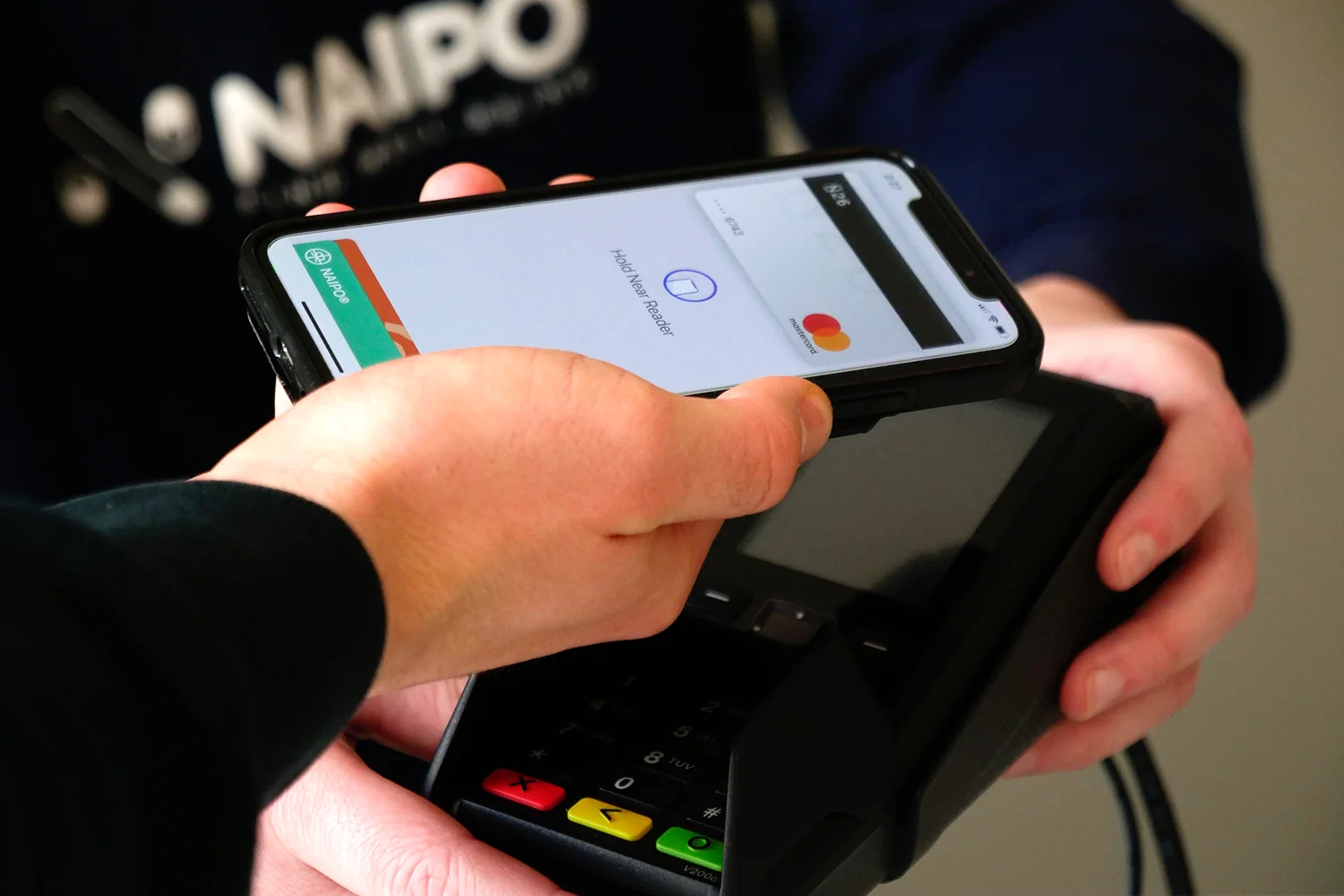Navigating Cash Discounting and Surcharging in Retail: Unraveling the Differences
- December 7, 2023
A Comprehensive Guide to Understanding the Distinctions and Adhering to Card Brand Rules
In the dynamic landscape of retail transactions, merchants often grapple with the intricacies of cash discounting and surcharging. These two pricing strategies, while appearing similar, carry distinct features and implications for both businesses and consumers. In this article, we delve into the essence of cash discounting versus surcharging, offering clarity on compliance, card brand rules, and the nuances that shape these practices.

Cash Discounting Explained: More Than Just a Price Reduction
Definition: A cash discount entails posting card prices and providing customers with a discount when paying in cash. The key is displaying the card price on the shelf and adjusting it at the register for customers choosing the cash payment option.
Compliance Tip: To adhere to network rules, it’s crucial that the card price is showcased on the shelf. This practice distinguishes a genuine cash discount program from non-compliant approaches that tack on fees at the point of sale.
Surcharging Unveiled: Beyond Mere Terminology
Definition: Surcharging involves posting both cash and debit card prices, with customers incurring an additional fee when opting for credit card payments. Importantly, any additional charge at the register above the listed price is considered a surcharge, regardless of the terminology employed by processors.
Rule of Thumb: If customers pay more than the shelf price, it’s a surcharge. Even if termed as a service fee or non-cash adjustment, it falls under the surcharging category.
Compliance: Dual Pricing and Visa’s Requirements
Dual Pricing for Cash Discounting: Merchants must display two prices – a regular (card) price and a cash price – adhering to Visa’s dual pricing regulations. Gas stations, with illuminated dual pricing, exemplify this practice. The listed regular price can include card processing fees, while the cash price is lower and applies exclusively to cash payments.
Visa’s Surcharging Requirements: Visa permits surcharging on credit cards, provided the surcharge does not exceed the cost of acceptance. However, surcharging is not applicable to Visa debit cards.
Strategic Pricing for Retail Success
Navigating the realms of cash discounting and surcharging demands a nuanced understanding of compliance and card brand rules. As merchants seek to optimize pricing strategies, the careful implementation of dual pricing for cash discounting and adherence to Visa’s surcharging guidelines emerge as essential components for success.
By embracing these distinctions and aligning practices with industry standards, retailers can not only enhance transparency in their transactions but also foster a positive and compliant shopping experience for their customers.
Conclusion
Just as Global Legal Law Firm has a profound understanding of the intricate realm of electronic payment processing and its associated regulations, we have delved deep into the complexities of the financial world and the potential risks involved, especially in the context of payment processing. Our mission mirrors our approach to electronic payment processing litigation: to provide invaluable insights and expert guidance.
In a financial industry navigating the uncharted waters of Payment Processors, our seasoned experts stand ready to support you. Rather than venturing into this evolving landscape alone, trust in our expertise to be your guiding light. Our commitment is to ensure that you remain up to date in this dynamic environment, securing your interests at every turn.
Recommended Posts
-

The Importance of Reviewing NDAs in the Electronic Payments Industry
Non-Disclosure Agreements (NDAs) are crucial legal contracts designed to protect sensitive...
Read More -

How a Severance Agreement Attorney Can Protect Your Rights
Ensuring Fair Compensation and Legal Compliance in Employment Separation Navigating...
Read More -

The Role of General Counsel in Payment Industry Compliance
Overview of the Payment Industry The payment industry has experienced exponential growth and transformation...
Read More